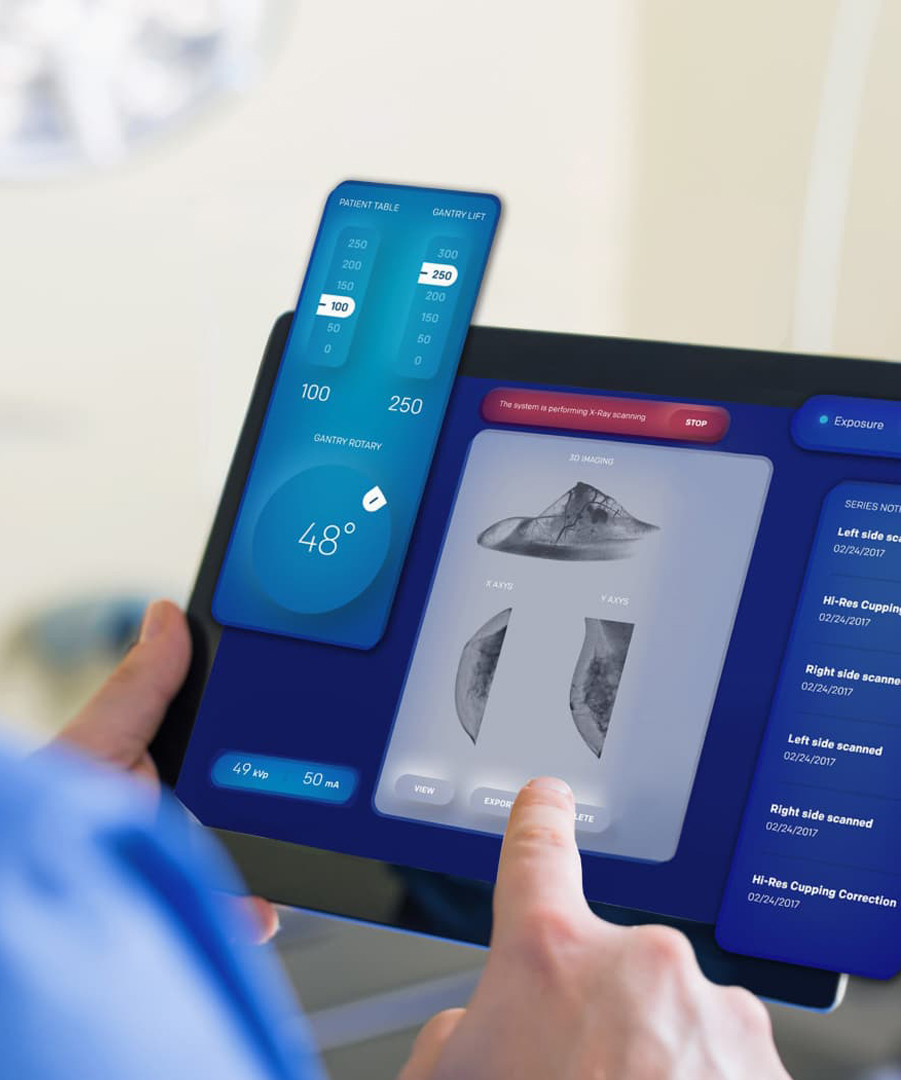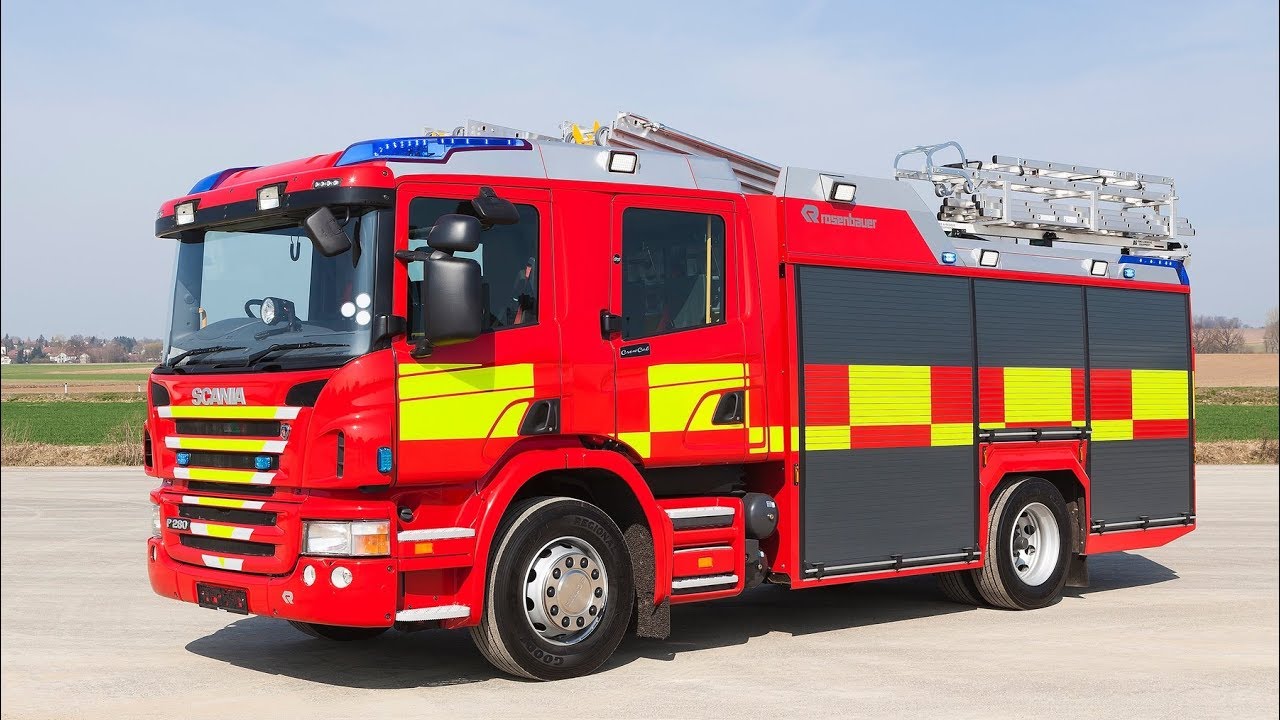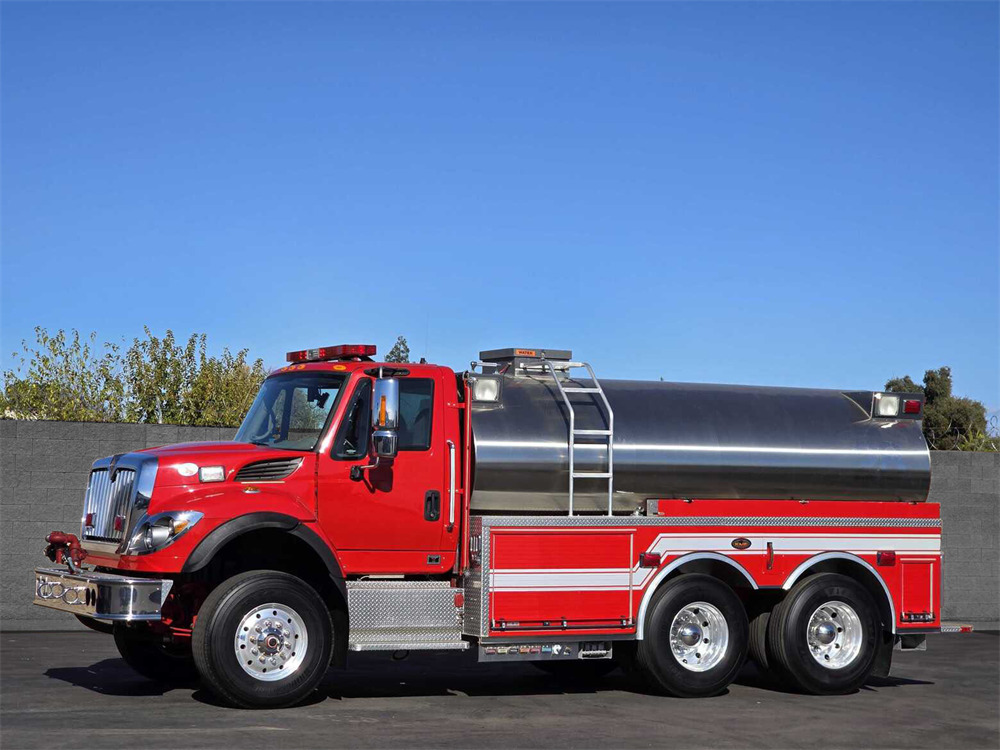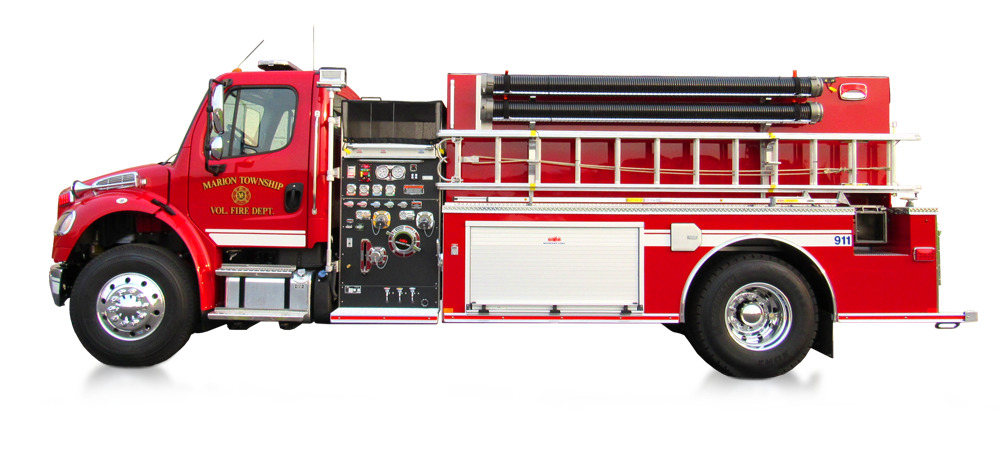


Fire truck, also known as fire engine or fire apparatus,fire fightiing truck. It is a specialized emergency response vehicle designed to combat fires, conduct rescues, and mitigate hazardous incidents. Fire trucks serves as a mobile command center equipped with advanced firefighting tools. Modern fire trucks integrate a high-pressure water pump capable of discharging thousands of liters per minute, often supplemented by foam systems for chemical or electrical fires. Many models feature telescoping ladders or aerial platforms reaching heights exceeding 30 meters, enabling access to multi-story structures.
From childhood, society instills admiration for firefighters and their iconic red vehicles equipped with flashing lights and sirens. However, fire engines transcend simplistic imagery, functioning as multifaceted tools designed to combat emergencies. These fire fighting vehicles not only transport personnel but also house critical equipment tailored for diverse rescue scenarios. Powerstar Trucks, a trusted dealer of pre-owned fire apparatuses, provides insights into the operational mechanics of these indispensable machines.

Functional Anatomy of Fire Trucks
A standard fire apparatus integrates a high-capacity pump, water reservoir, personnel compartment, and specialized gear. Equipped with emergency lighting, sirens, and advanced communication systems (including GPS and two-way radios), these vehicles ensure seamless coordination between crews and command centers. Variants cater to distinct operational needs:
Core Components & Mechanisms
Pump Systems & Water Management
Industrial-grade pumps (Hale, Waterous) mounted behind the cab enable rapid water transfer from onboard tanks (500-3,000 gallon capacity) or external sources like hydrants. Operators regulate flow rates exceeding 1,500 GPM through digital control panels, prioritizing hose lines based on incident severity. Modern systems incorporate Compressed Air Foam (CAFS) technology, deploying Class A/B foams to suppress structural and liquid fuel fires respectively.
Hose Configurations
Specialized hoses serve distinct purposes:
Aerial Access Systems
Hydraulic ladder trucks feature extendable booms exceeding 110' with stabilizing outriggers. Operators maneuver platforms using joystick controls, enabling victim retrieval or elevated water delivery. Quint apparatuses combine pumping, ladder, and tool storage capabilities in single units.
Specialized Rescue Tools
Compartments store over 50 essential instruments:
Operational Protocols
Crew compartments accommodate 2-6 personnel with integrated SCBA mounting systems, enabling rapid gear deployment en route. Noise-canceling intercoms maintain clear communication amid sirens and engine noise. Strategic apparatus positioning follows NFPA standards, prioritizing access to hydrants and collapse zone avoidance.

Customization & Acquisition
Fire departments select apparatus configurations based on jurisdictional risks – urban units prioritize ladder reach, while wildland models emphasize water capacity and off-road capability. Fenton Fire Equipment facilitates fleet modernization through certified pre-owned inventories, offering apparatuses from manufacturers like Pierce and E-One.
Conclusion
Modern fire apparatuses represent engineering marvels that combine hydraulic power, fluid dynamics, and ergonomic design. Their operational complexity mirrors the diverse challenges faced by emergency responders, from high-rise infernos to chemical spills. As technological advancements introduce drone integration and electric powertrains, these vehicles continue evolving to protect both firefighters and communities.

You may be interested in the following information